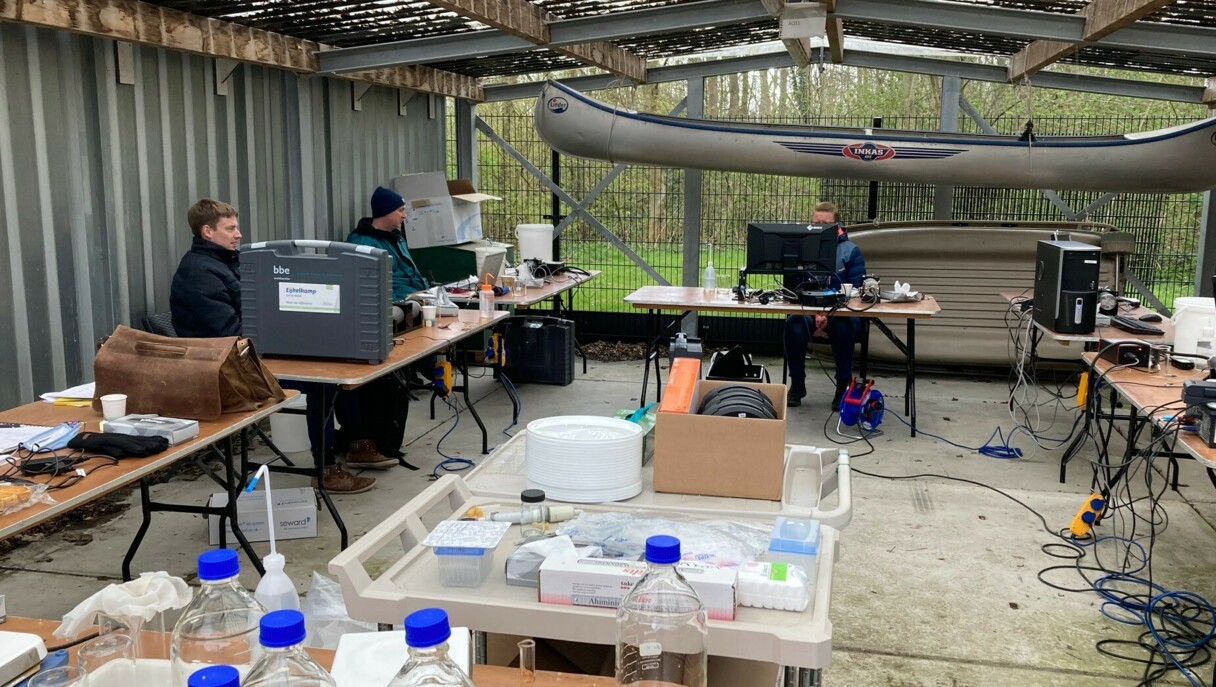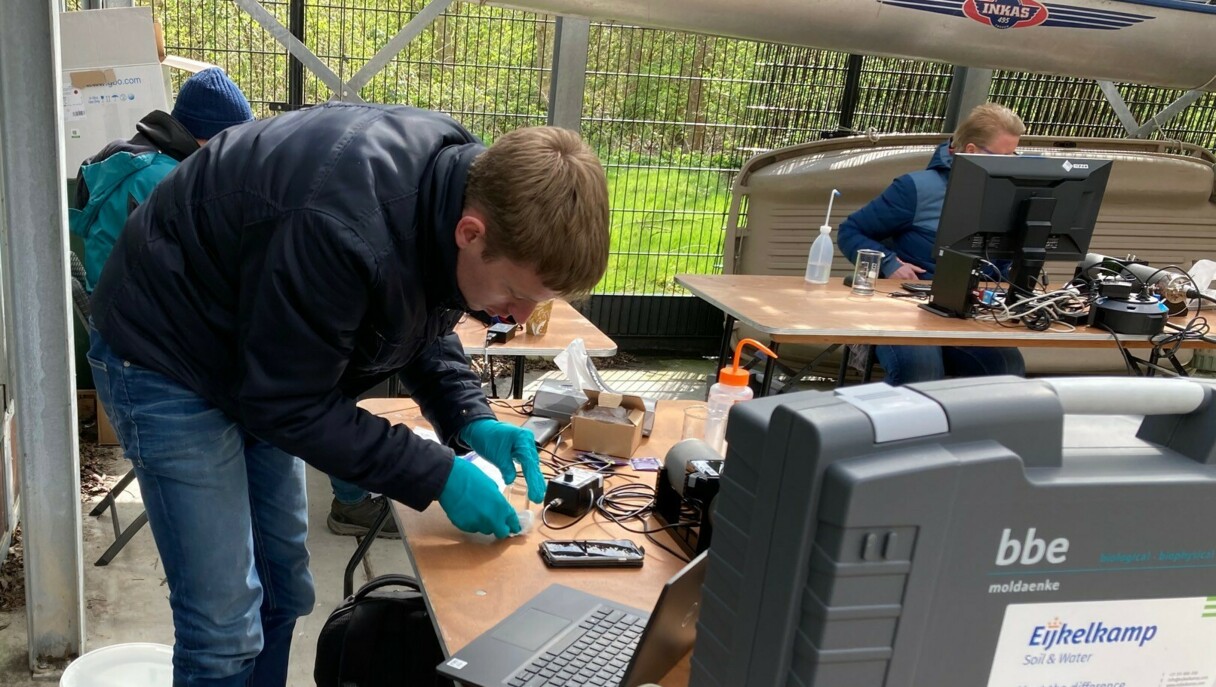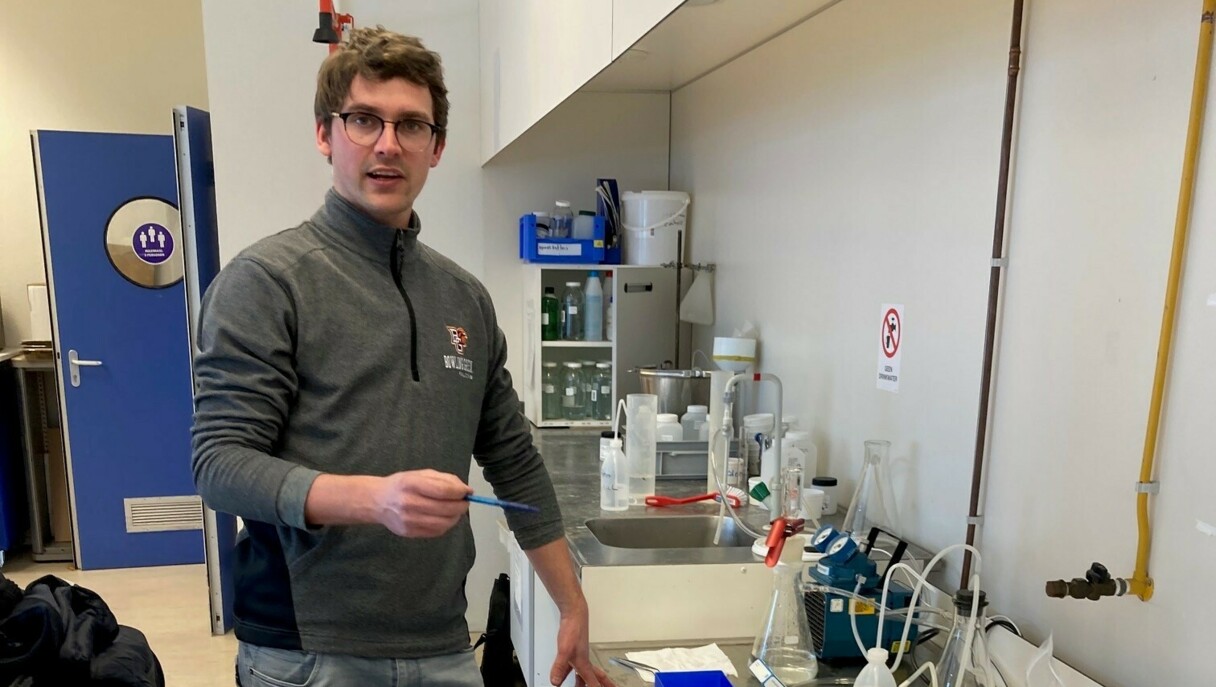News Article
During last year’s webinar on harmful algal blooms, Ron van der Oost of Waternet (NL) presented the new monitoring procedure for Dutch bathing waters. This procedure describes an important role for fluorescence measurements in order to quantify algal densities and distinguish specific algal groups such as blue-green algae, green algae, diatoms and cryptophytes. Since then, Sensileau has been discussing these fluorescence monitors with other experts in the field. The reliability of the monitoring results depends on a thorough calibration of the instrumentation, both for total chlorophyll concentrations and specific algal group fingerprint spectra.
For the past months, Sensileau has been working with the Netherlands Institute of Ecology (NIOO-KNAW), AqWa (ecological consultant) and five water laboratories involved in the regular monitoring programme for bathing water in the Netherlands (i.e. ILOW-labs) on the development of a suitable method for the calibration of fluorescence monitoring equipment to detect potentially harmful algae.
On Tuesday 5 April, at the start of the bathing water season, Sensileau organised the recalibration of six fluorescence sensors. The event was hosted by AQUON laboratory in Leiden and held outdoors in order to comply with the current Covid prevention measures. Low temperatures, rain and even hailstones did not keep the participants from carrying out the entire programme.
Each participating laboratory had brought its own device, and together, the participants worked their way through series of unialgal suspensions of various densities and mixtures of varying taxa. The algae used for these experiments were Chlorella vulgaris, Microcystis aeruginosa, Cyclotella meneghiniana, Cryptomonas sp. And Planktothrix rubescens. At the same time, samples of the algal suspensions were taken for HPLC pigment analysis, spectrophotometric analysis (NEN-6520/ISO 10260) and biovolume measurements. With this dataset, a model will be developed for each fluorescence monitor, describing the relationship between the fluorescence signal and the algal densities and group division.
Later this year, a full evaluation report of the calibration exercise and comparison of methods will be published and presented at a live and/or digital event. If successful, the calibration exercise will become a yearly activity, and will be expanded to include more interested participants and their devices.




